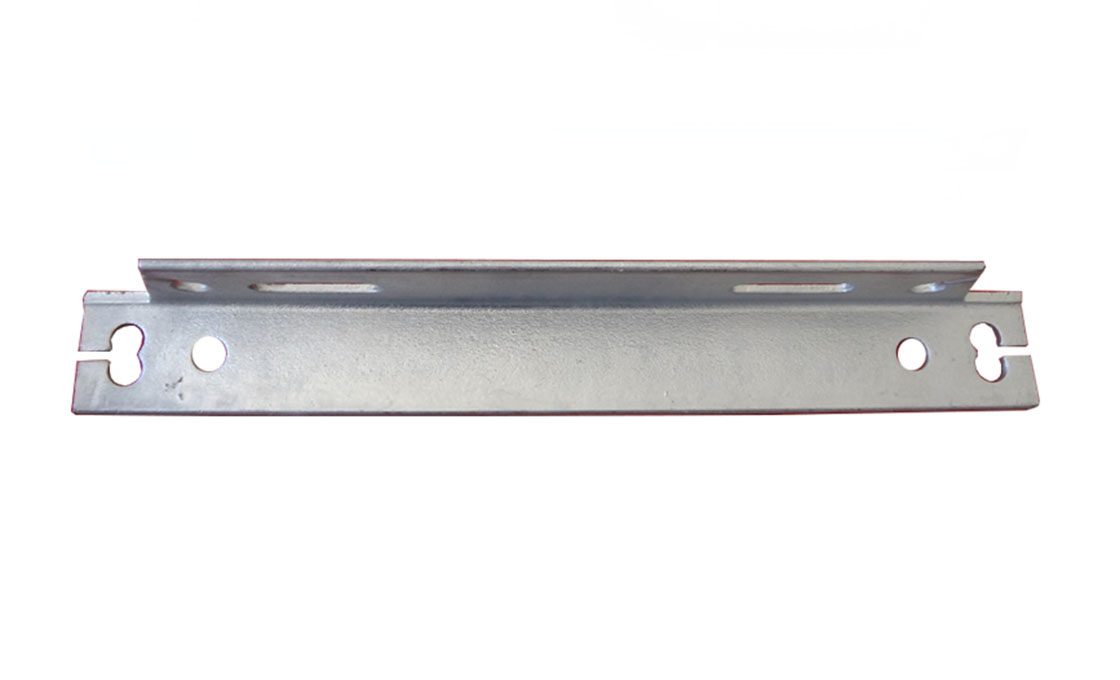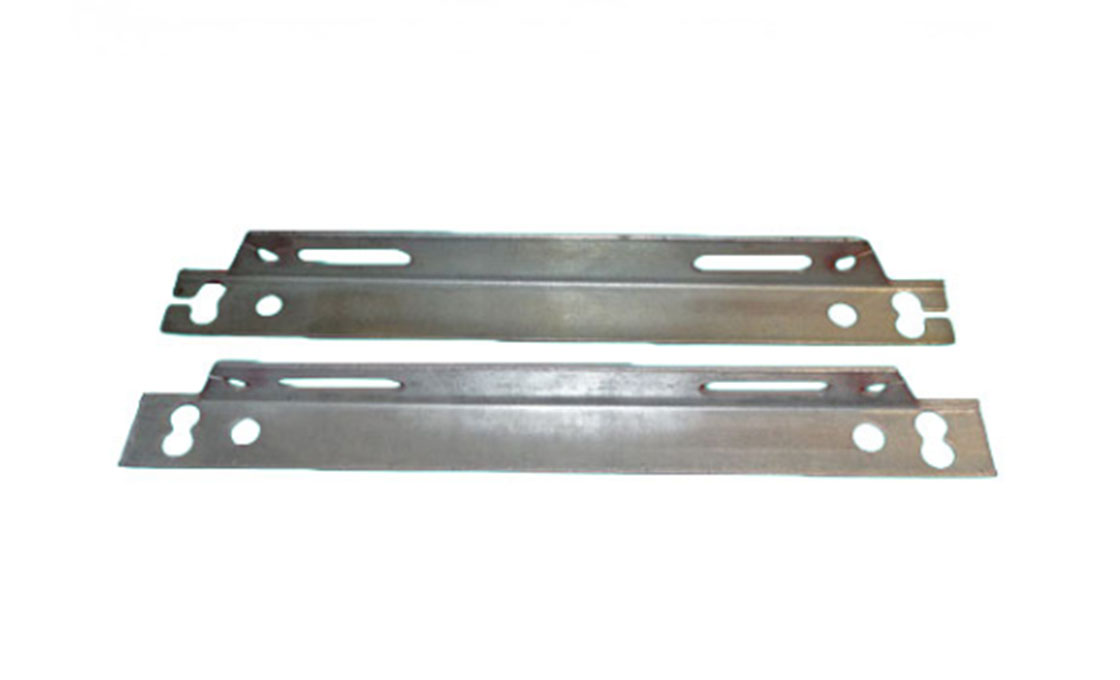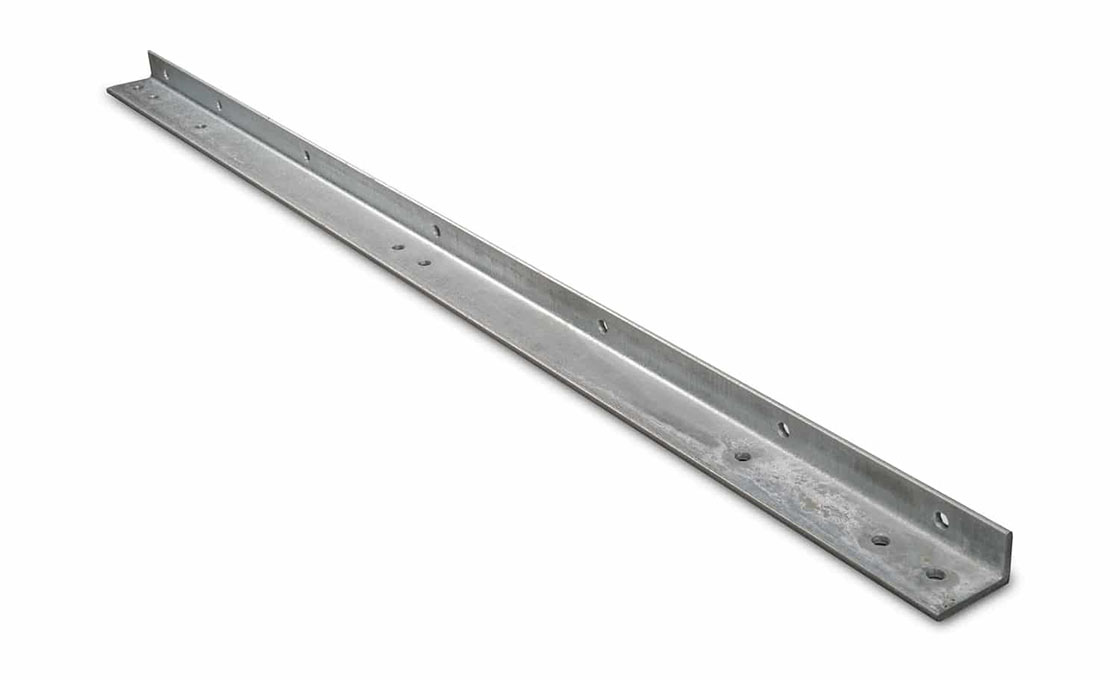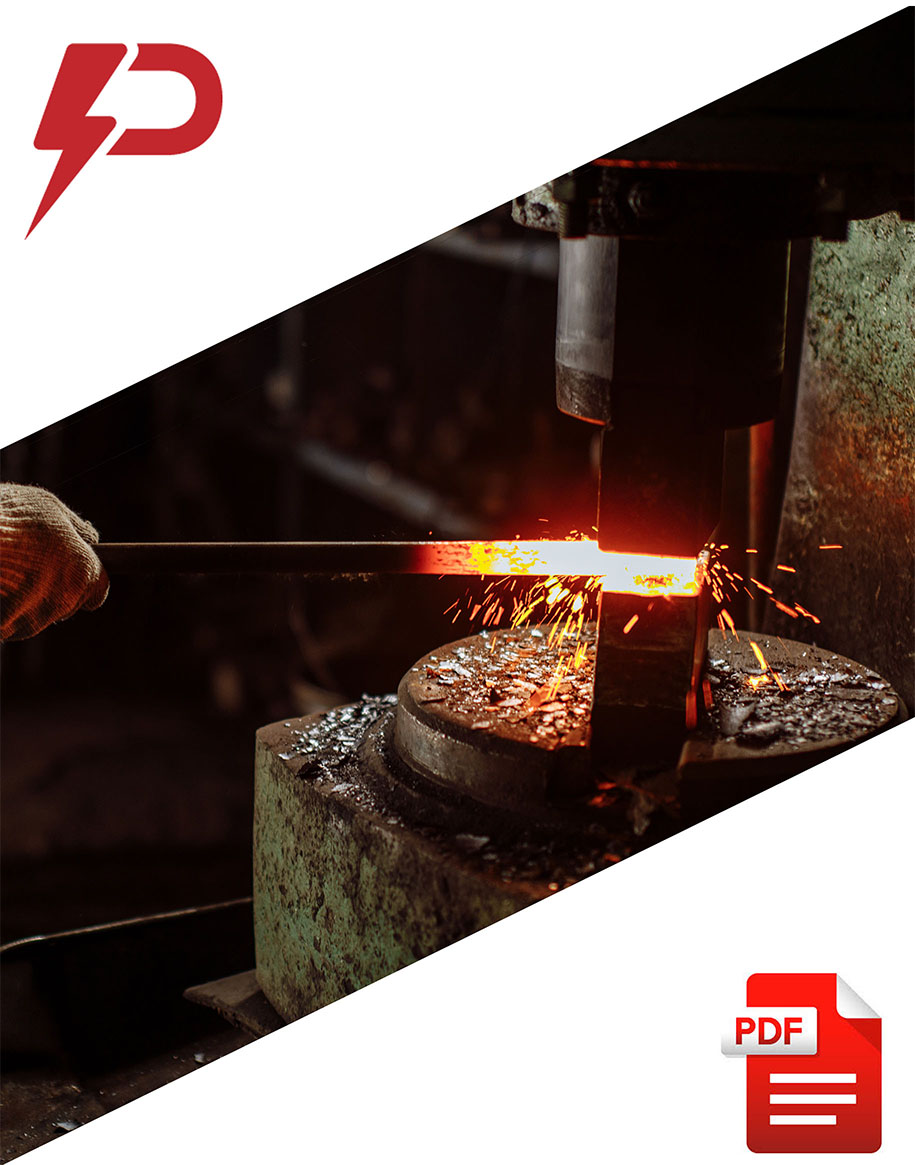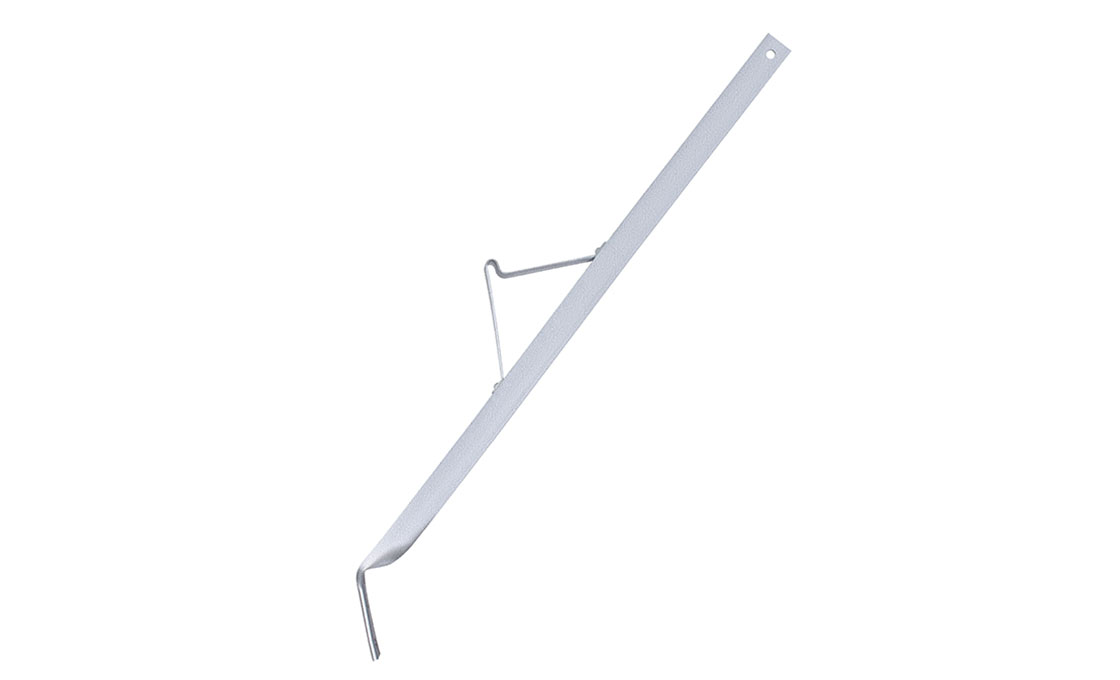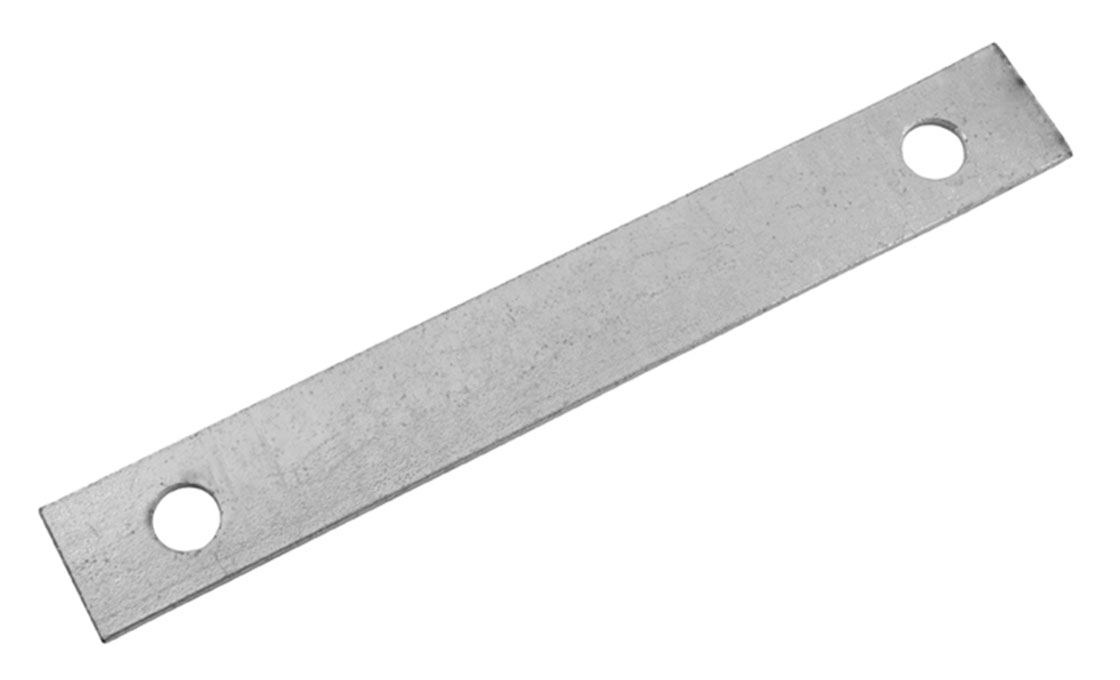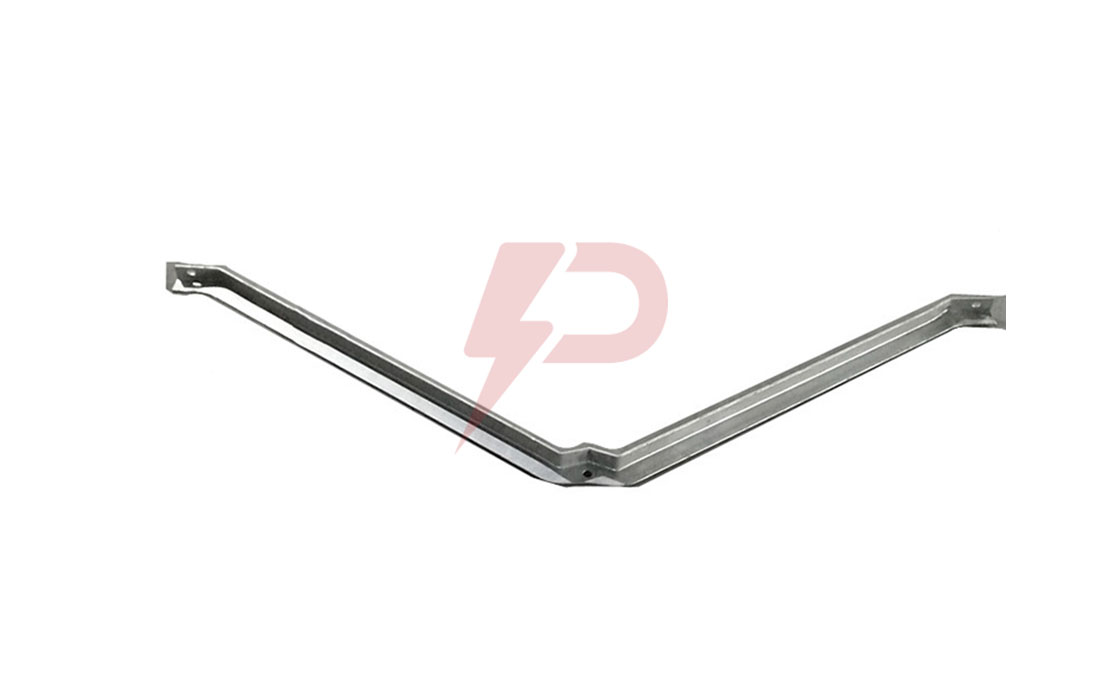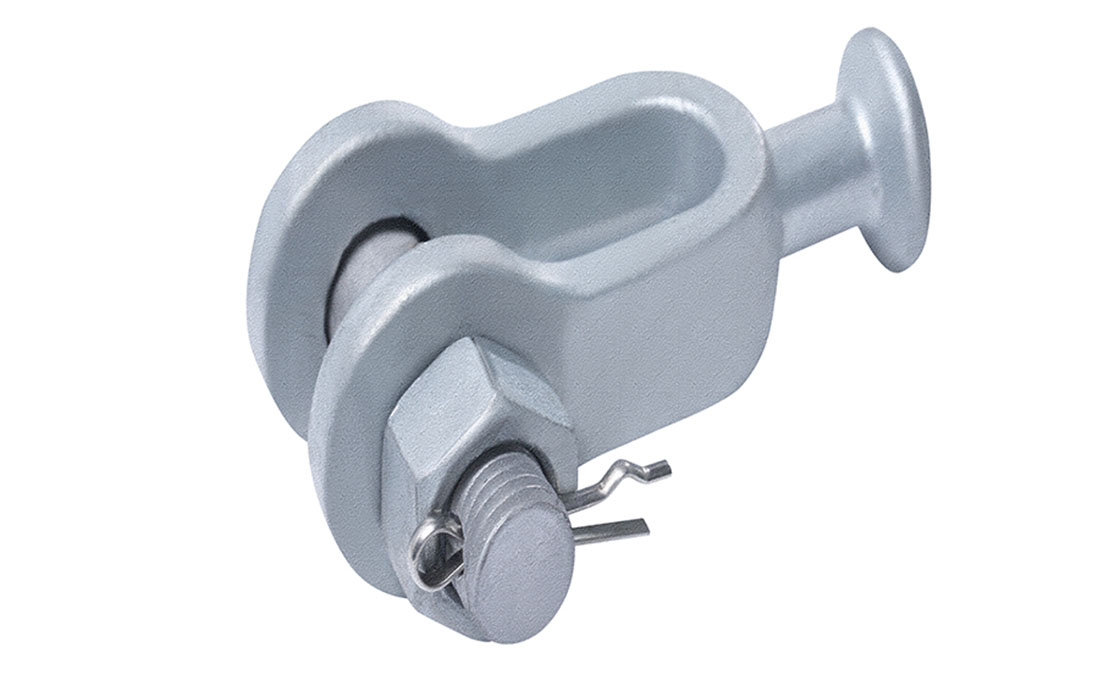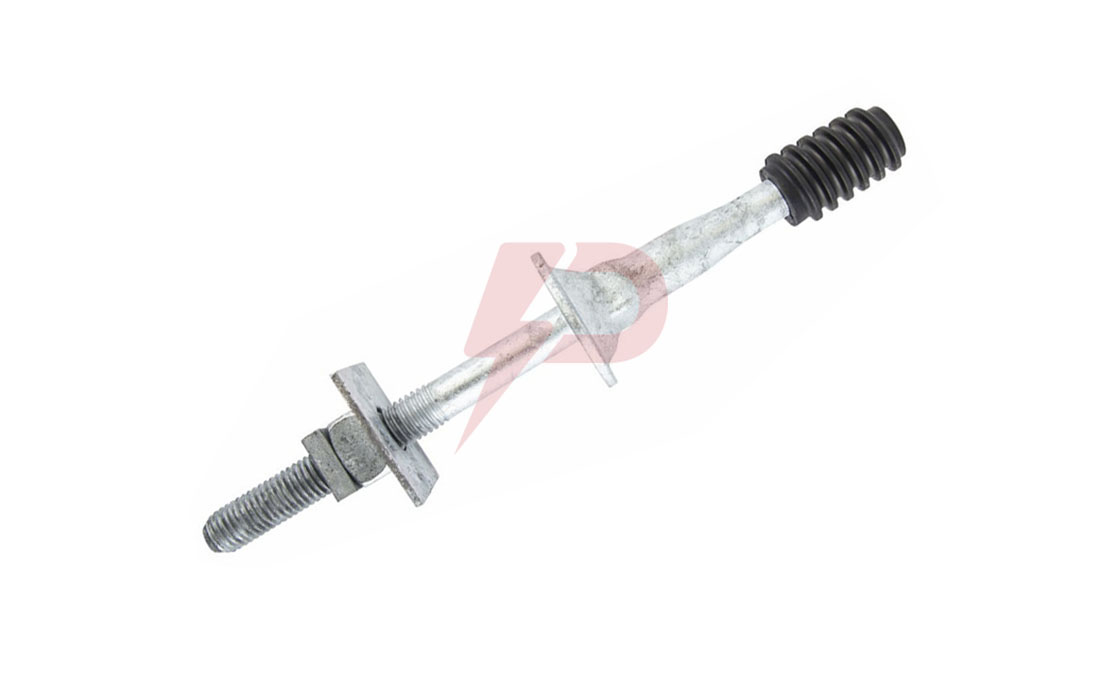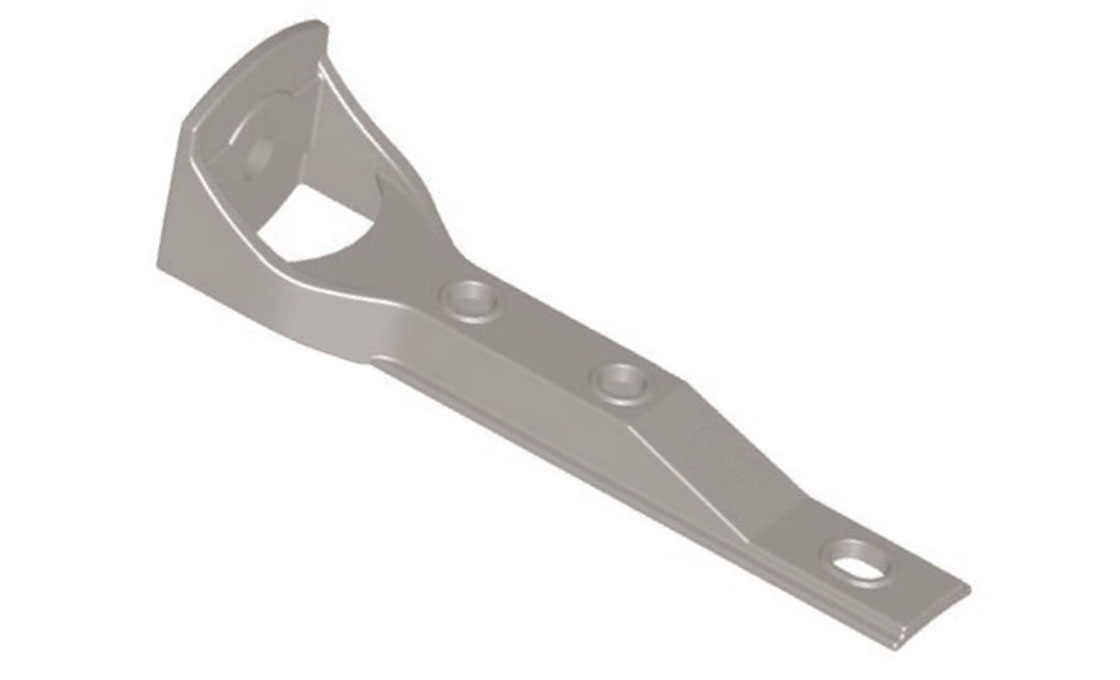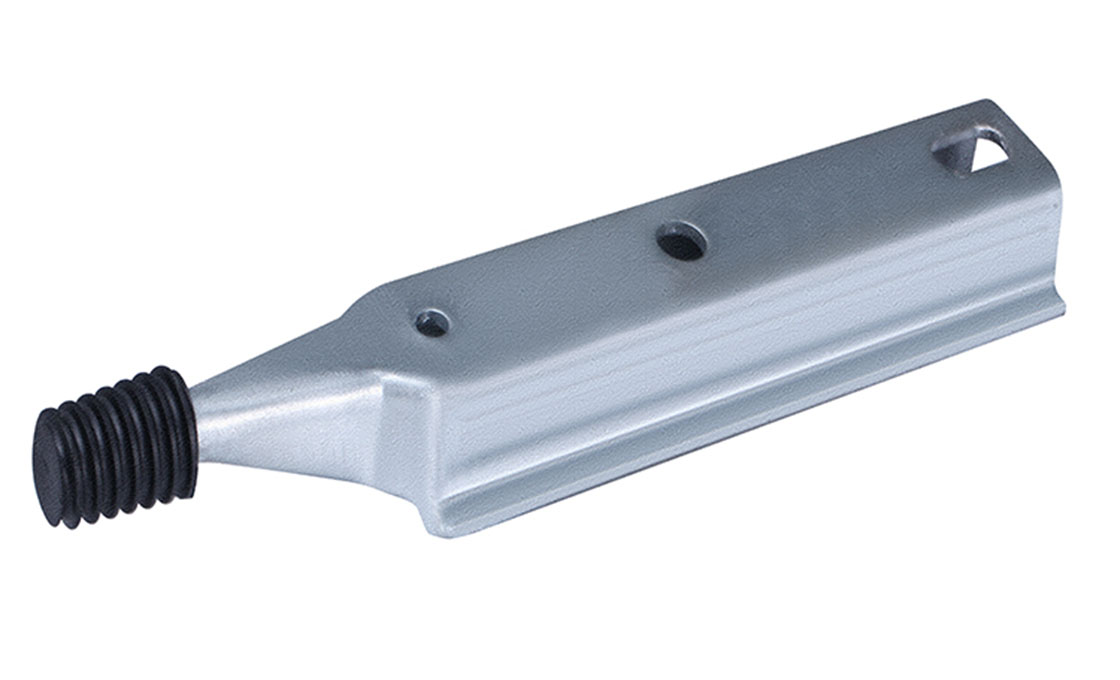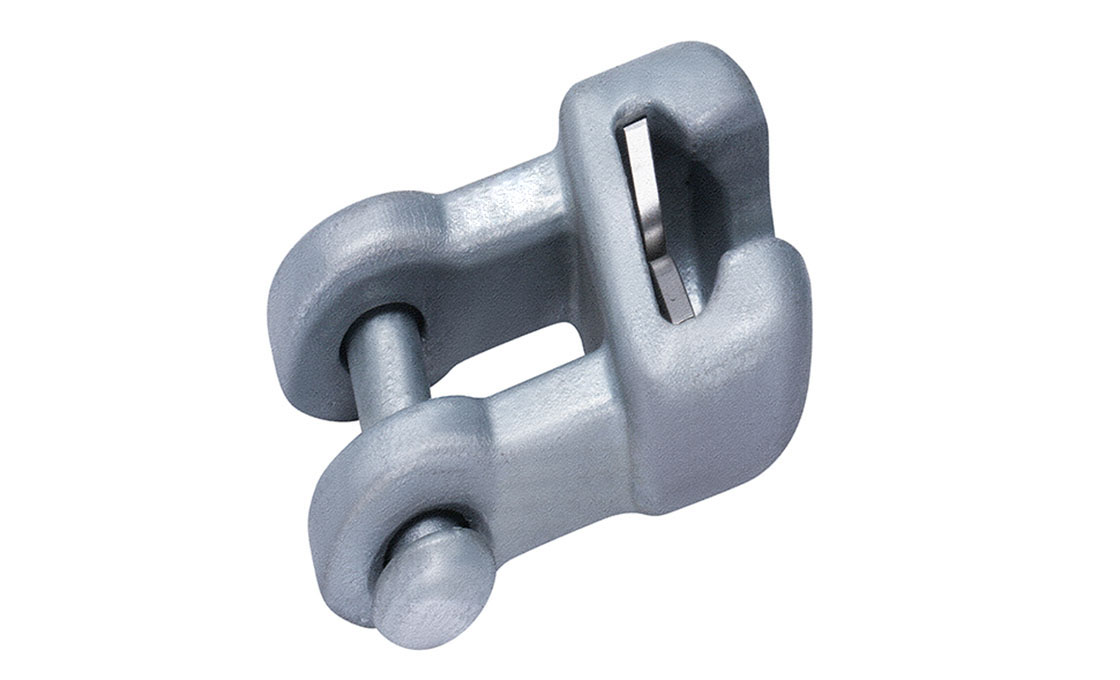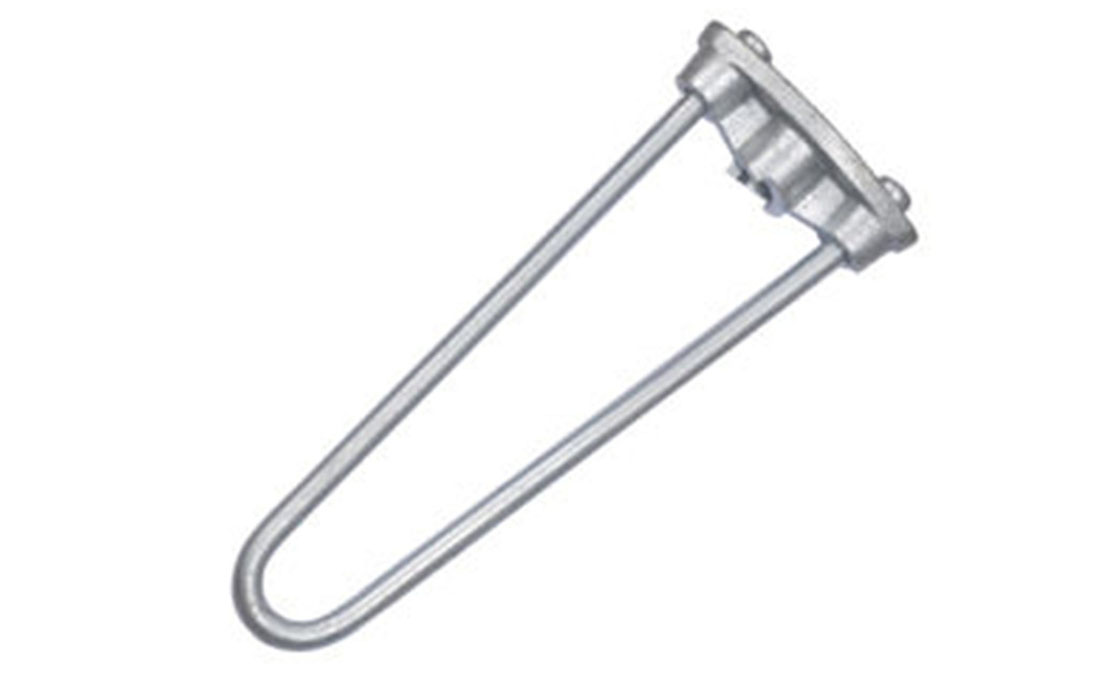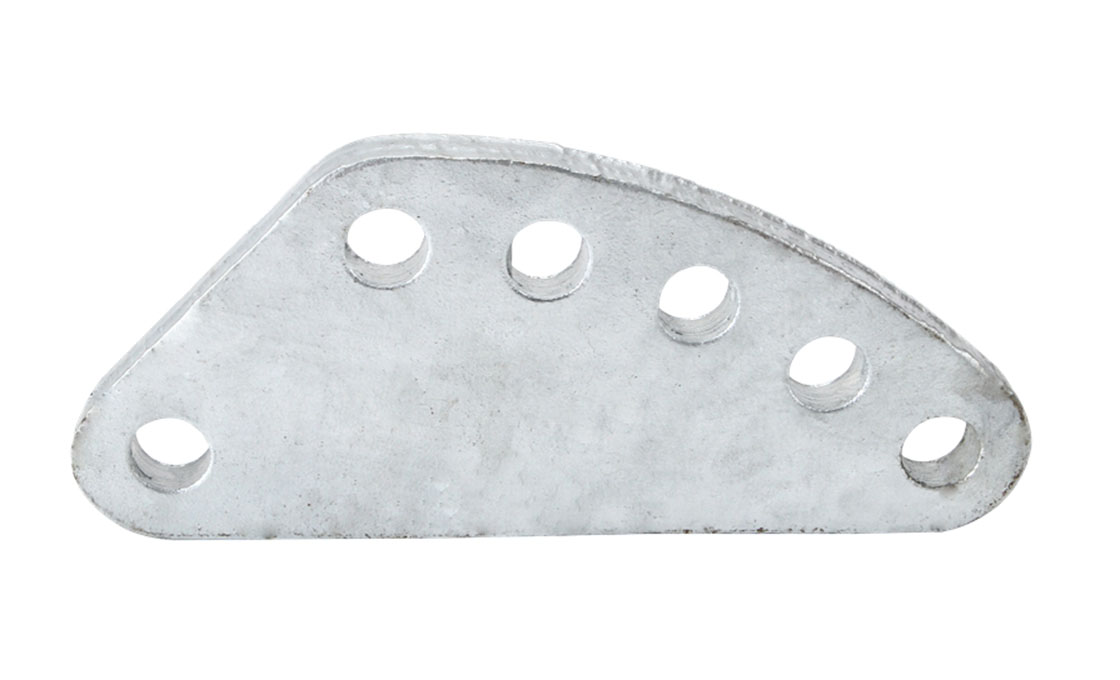Electrical Crossarm
An electrical cross arm is a strong and efficient pole hardware fittings that are used for supporting conductors in a power transmission line. You can also call it as light pole cross arm, telephone pole cross arms or crossarms.
Galvanized steel
Our electrical cross arm is made of hot deep galvanized steel. This material is strong to withstand any physical forces that act against eat. The galvanization protects the steel material from the effects of rust, corrosion, and abrasion.
Steel is the right choice of material for the electrical cross arm due to its tensile strength. It can sustain the mechanical forces which may threaten its stability.
Configurations
The electrical cross arm comes in five different configurations. These are the Power pole cross arm, Line-cross arms, Telephone pole cross arms, and Side arms. Each configuration is specifically designed to work well in its application. So you should be aware of the configuration that will work for you.
Shape and Design
Although the electrical cross arm comes in different configurations, they tend to have a similar shape and design. The most common design is the straight bar. The design of this powerline fitting is simple and easy to install.
Another design is the V-shaped cross arm though it is not very popular.
If you intend to buy these overhead line accessories, just contact us. We are a reputable manufacturer of electrical cross arms in China.
Size, weight, and dimension
Electrical crossarms have holes which are of different sizes. The size of the hole will be determined by the component that will pass through it.
This group of pole hardware fittings comes in different sizes or dimensions. The dimensions are measured in terms of the top face, length, and side depth. While buying an electrical cross arm, you should specify your preferred dimensions.
The weight and tensile strength of these overhead line hardware vary from one electrical cross arm to another.
| Catalogue No. | Dimension(mm) | Weight | Remark | ||
| 1 | H(mm) | b(mm) | L(mm) | ||
| 2 | 5 | 38 | 990 | 2.95 | B-10A |
| 3 | 4.75 | 45 | 3048 | 12 | B-7C |
| 4 | 5 | 50 | 2000 | 10.00 | |
| 5 | 6 | 60 | 2000 | 12.00 | |
| 6 | 6.35 | 76 | 1702 | ||
| 7 | 6.35 | 76 | 1830 | 13.00 | C-20C |
| 8 | 6.35 | 76 | 2440 | 17.5 | C-20D |
| 9 | 6.35 | 76 | 2440 | 23.5 | C-20H |
| 10 | 6.35 | 76 | 3350 | 23.5 | C-20E |
| 11 | 6.35 | 76 | 6100 | 42.7 | C-20G |
| 12 | 8 | 80 | 2000 | 16.50 | |
| 13 | 10 | 100 | 2000 | 21.00 | |
| 14 | 12 | 125 | 2000 | 26.5 | |
Electrical Cross Arms: A Simple Guide
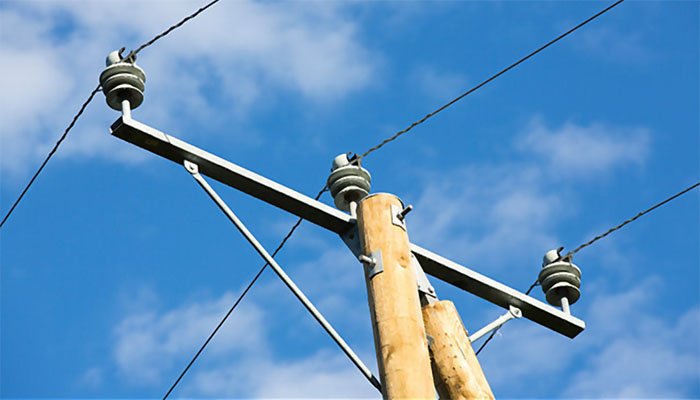
power pole cross arms
The electrical cross arm, also known as the power pole cross arm and utility pole cross arm, has different configurations in the electronic application setups. An insulator pin connects the pole cross arms while power delivery is made possible with the connection of the wire to the insulator.
To get the right electrical cross arm that is suitable for a specific application, you’d better know about all the types and installation processes involved, so you have a better idea about which one to install.
What is an Electrical Cross Arm?
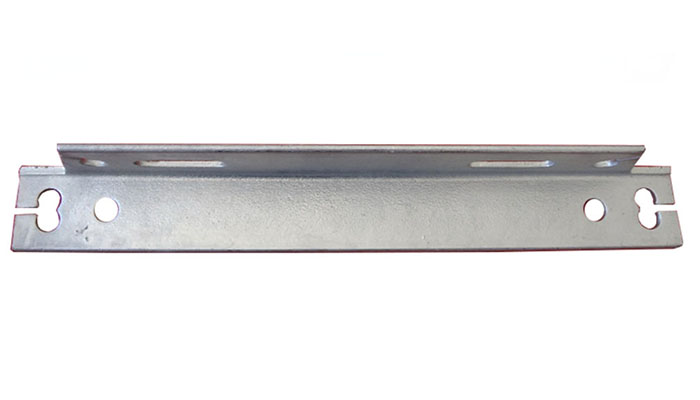
An electrical cross arm is composite equipment utilized in the pole line technology for holding electric equipment such as power lines. Only an efficient electrical cross arm will last long in tangent as well as dead end applications. For rightly fulfilling transmission and distribution needs, a well-engineered cross arm would ensure optimum performance.
Why You Need Electrical Cross Arm in Transmission and Distribution Lines?
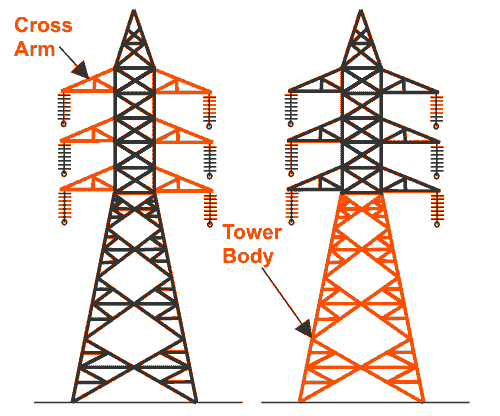
Cross arm in transmission line
Electrical cross arms have different functions that adjust according to the type of application. The cross arm finds its use no only electrical utility companies and telephone companies but also refineries, cable companies, and railroads.
Electrical cross arms optimize the efficiency and resilience of the process in different conditions, such as weather change. It assists street light power lines when used in light poles, and supports conductors when used in distribution and transmission lines.
It also functions as a link for the insulator and the cable to the tower and provides a certain height to the conductor above the ground, which is another important requirement. The even spaces among the electrical cross arms are for the smooth and safe transmission of electricity.
Classification of Electrical Cross Arm
There are different types of electrical cross arms available in the market, with each having a specific function and installation process associated with it. These are categorized in terms of the nature of the job they do.
1) Power pole cross arms
The cross arms coming in the category of power pole cross arms connect the insulators to the conductors and ensure that there is a successful transmission of electricity.
2) Line-cross arms
This particular type of cross arms is utilized for short as well as long transmissions. The pole usually separates the cross arm, which distributes the weight in equal proportions. A straight line is usually used for the connection having a firm base of the electrical cross arm.
3) Side arms
Also known as the braced horizontal arm, the side arms connect to the pole on single circuits.
4) Telephone pole cross arms
These are the cross arms with the most extension as they enable multiple connections at a time on each side. Depending on the connection, the telephone pole cross arms present on a pole vary in number.
5) Light pole cross arms
These cross arms support different types of light poles such as traffic lights and street lights and have a varied length that depends on the total bulbs that will be supported on it.
Purpose of Electrical Cross Arms
Electrical cross arms are utilized for performing various tasks that are based on the application mode and are a crucial part of the infrastructure that is utilized on the telephone companies, railroads, electrical utility services, refineries, and cable companies. These applications need to have electrical cross arms that significantly improves the efficacy and the resilience of the whole system that withstands the different weather conditions.
The purpose of the electrical cross arms in different light poles is to provide assistance for the power lines of street lights. The electrical cross arms are used for providing support to the conductors that are used in the distribution and the transmission lines. It is utilized in holding the insulator as well as the cable close to the main body which is commonly the tower. Moreover, it is highly essential for keeping the conductor above the ground level to ensure the safe and efficient flow of electricity. In addition, these cross arms are used in even spaces for the provision of safety to avoid any short circuit as these are prevented from contacting one another.
Specifications of Electrical Cross Arms
A critical aspect of getting the right cross arms depends on certain factors which are needed to be kept in mind accordingly. As talking about the type of material used, this is to ensure that the materials utilized in the manufacture of the electrical cross arms that depend on the company that is manufacturing. Most of the companies prioritize using timber integrated into the cross arms as it is better at withstands the adverse weather conditions because of its more durability. In addition, there are companies that utilize materials like composites and hot-dip galvanized steel as these are other substitutes for timber. Electrical cross arms are used for holding a lot of loads. That is why the composting material should be of high strength which can endure more and is durable when it comes to functionality. The cross arms are utilized outdoors where the external conditions may vary.
The other aspect to keep in mind is the specific shape and design of the electrical cross arm. The straight bar design is visible on a lot of poles that is mostly preferred when it comes to installing the electrical cross arm. There is no need for providing the extra support as it can be fastened to the poles. A V-shaped cross arm is not too usual as it needs to have some additional support on the poles in comparison to the other vertical cross arms. It does not give a lot of connection space to multiple numbers of insulators and conductors which is also a drawback for these kinds of electrical cross arms. Depending on the size of the composing parts, there are holes present on the electrical cross arms. These fittings are tight and they have to be in the right size as they have to be fitted accordingly. The number of utilities should be corresponding with the total number of holes.
When it comes to the nuts and bolts, these are utilized accordingly to hold the entire structure to the pole. There are many types of locks built for providing assistance to the cross arms based on connection. These bolts are U bolt, pigtail bolts, and double arming.
Another aspect when it comes to using electrical cross arms is the finishing process which utilizes the process of hot dip galvanization used in the steel electrical cross arms. This is to ensure to add extra characteristics to the final product prepared. This makes the whole structure resistant to adverse conditions and anticipated wear and tear that comes with every structure. This includes the process of corrosion that can highly affect the overall functionality of the structure.
Moreover, it utilizes a liquid zinc coated steel cross arm that adds an extra layer and prevents the electrical cross arm from getting rusted in the moist weather conditions.
Other specifications
Other specifications of the electrical cross arms include the dimensions that are varied and are made in specification while keeping in mind the order of the manufacturer. In usual cases, the customer will need to give specific dimensions because this will allow the supplier to evaluate the need for the product specification. The arm size basically needs to have a side face depth, a top face width, and the length in overall cases. Moreover, there is a need to include specific pinhole characteristics that include the total number of holes and their measurement long with the spaces on both center and the sides, and the end distance of the electrical cross arm. Moreover, the measurements on the basis of spacing, orientation, and width, are also essential. Make sure to have the bolt diameter for hole and the total holes that are needed in the pole
Installation Procedure
The first step is raising the pole after making holes in it and making connections for the cross arm. As the cross arms use different bolts, they are fastened altogether. This way, the cross arm is made in connection with the elevator in order to place it on a certain height above the ground. There is a need to be immensely careful during the process as it is tricky. A bolt is utilized for fastening the cross arm along with the help of a nut that keeps the pole fixed in the right place. The other components utilized in the process of fixing the pole to the ground are added before the pole is raised. The different components making the pole in the right place re then attached to the pole after the pole is affixed in the upright position and is above the ground level. These are the added features adjusted on the pole for added functionality.
The whole process requires being very accurate and in that order, it is necessary to make adjustments such as correct measurements of all components are needed to be taken to make sure that the adjustments are made without any error and the total material utilized in the process is not at all damaged or goes wasted.
What is an Electrical Cross Arm?
An electrical cross arm is a fitting utilized in the pole line technology for holding electric equipment such as power lines. It is also called power pole cross arm or utility pole cross arm,
Why it is used in Transmission and Distribution Lines?
Electrical cross arms optimize the efficiency and resilience of the process in different conditions such as weather change. It assists street light power lines when used in light poles, and supports conductors when used in distribution and transmission lines.
It also functions as a link for the insulator and the cable to the tower, and provides a certain height to the conductor above the ground which is another important requirement. The even spaces among the electrical cross arms are for the smooth and safe transmission of electricity.
Classification of Electrical Cross Arm
Electrical cross arms are categorized in terms of the nature of the job they do:
- Power pole cross arms
- Line-cross arms
- Telephone pole cross arms
- Light pole cross arms
